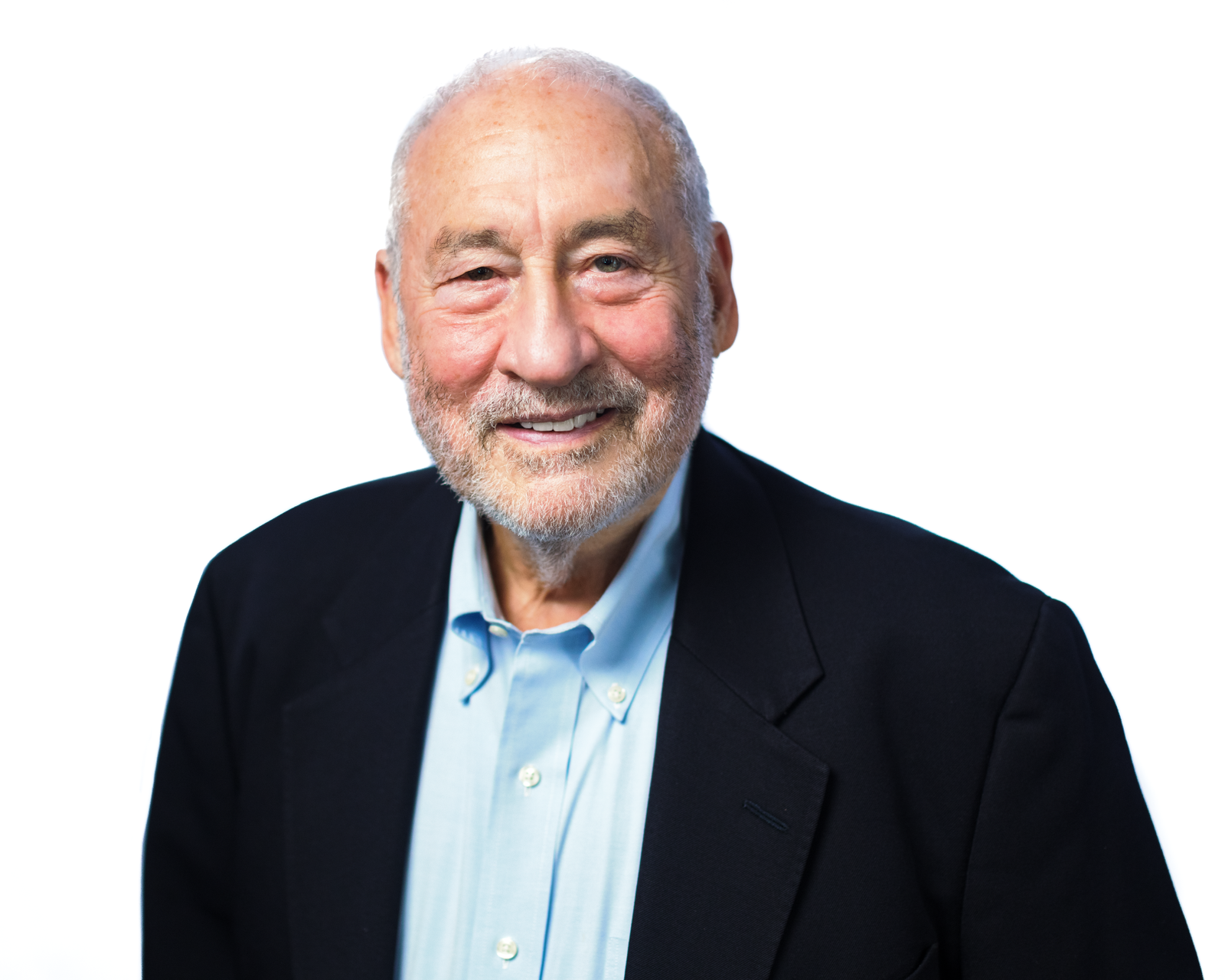To obtain testable predictions about factors that may affect sequencing, we develop new theoretical models and adapt existing ones. In doing so we characterize potentially competing government objectives as i) maximizing efficiency through resource allocation; ii) maximizing public goodwill from the free transfers of shares to the public; iii) minimizing political costs; iv) maximizing efficiency through information gains and v) maximizing privatization revenues. Next, we use firm-level data from the Czech Republic to test the competing theoretical predictions about the sequencing of privatization. We find strong evidence that more profitable firms were privatized first. This suggests that the government sequenced privatization in a way that is consistent with our theories of maximizing revenue and maximizing public goodwill. Our findings are consistent with Glaeser and Scheinkman’s (1996) recommendations for increasing efficiency through informational gains. They are inconsistent with the government pursuing the objective of increasing Pareto efficiency through improved resource allocation. They are also inconsistent with the hypothesis that the government minimized political costs. Our results also suggest that many empirical studies of the effects of privatization on firm performance suffer from selection bias since privatized firms are likely to have characteristics that make them more profitable than firms that remain in state ownership.

Remarks by Martín Guzmán at 12th Edition of the Paris Forum: Key findings and conclusions of the Jubilee Report
Dear members of the Paris Club Secretariat, Thank you for the invitation to present some of the key findings and conclusions of the Jubilee Report, commissioned by Pope Francis and prepared by a Commission of
 Jan Svejnar
Jan Svejnar Joseph Stiglitz
Joseph Stiglitz